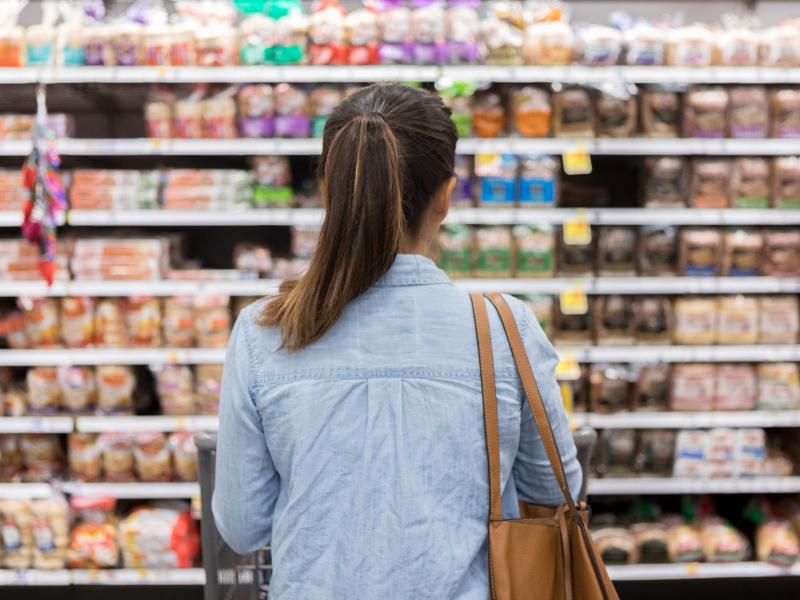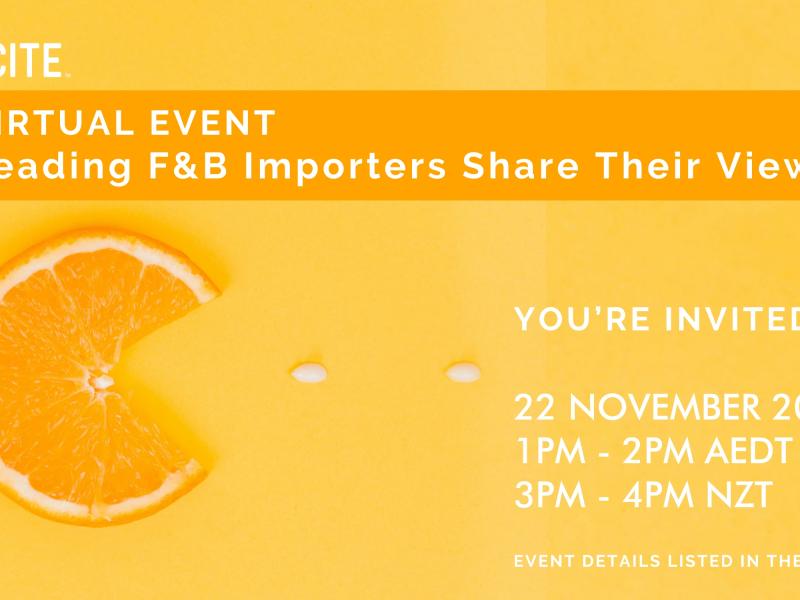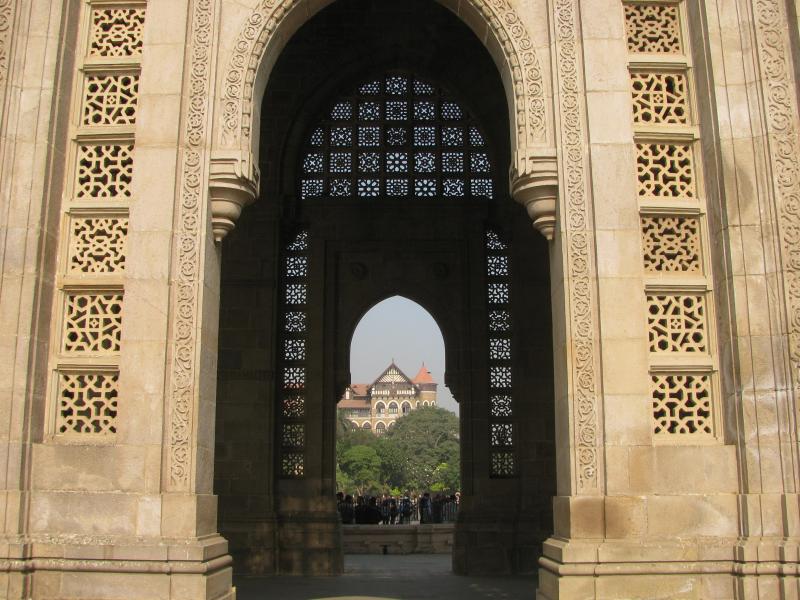Unsure about how to tap into the benefits of New Zealand’s Free Trade Agreements? Cameron Gordon presents a no-nonsense, how-to guide to help you get started.
Free Trade Agreements (FTA) provide New Zealand exporters with excellent trade opportunities. If applied, FTAs often result in significantly reduced tariffs (import duties), allowing for more competitive pricing and/or greater profit margins for New Zealand’s exporters and their in-market partners. But to take advantage of FTAs, a certain level of understanding is required.
You shouldn’t assume that your offshore customer is fully aware of the FTAs that their country has with New Zealand – least of all, how to use these FTAs for their benefit.
Running on the assumption that the Customs body at the border will assist you and your partner to claim reduced tariffs is also not a recommended strategy, as the results can differ on a daily basis.
If you’re serious about exporting and paying the lowest tariffs possible, you’ll need to be much more proactive.
New Zealand FTA How-to Guide
With specific expertise in New Zealand FTA certification processes, Incite has developed a comprehensive online guide to using New Zealand’s FTAs that includes working examples, which can be accessed by visiting www.exportincite.com/services/using-ftas.
The objective of this step-by-step guide is to outline the practical steps that you can take to assess the tariff benefits available to you under the FTAs New Zealand has in the Asia region and how to claim those benefits.
Do Free Trade Agreements really mean free trade?
The name implies it, but don’t be fooled, Free Trade Agreements do not actually mean trade is 100 percent free – rather, that over a period of time (which can be as short as one year or as distant as 20 years) import tariff rates will progressively decrease; either to zero or down to a minimum rate.
Generally, the more reliant a country is on the success of an industry, the longer that country will impose duties or quotas on imports in order to protect their domestic industry against foreign competition.
How are payable tariffs calculated?
The FOB value of your goods includes all costs involved in the manufacture and transport of your goods to the domestic port or site of final shipment abroad. Tariffs (import duties) are applied to your goods at the border of the importing country according to the FOB value of the goods, not the landed cost.
This is an important distinction. Some Customs bodies have been known to try and charge unassuming traders tariffs on the landed cost of the goods, which includes transport and insurance costs. This is neither correct nor legal and while the practice is not common, you should be careful not to fall into this trap.
HS Codes: the key determinant
The first step towards determining the tariff rate that will be payable when your export product is cleared through Customs in the importing country is to know your HS Code (Tariff Code). An HS Code is a numerical code, where the first two digits of the code represent the chapter of the Harmonised System of Codes the product is classified under, digits three and four represent the heading within that chapter that the product is classified under and the fifth and sixth digits represent the subheading within that heading that the product is classified under. Where it is necessary, products are classified beyond six digits at the discretion of national authorities.
The Working Tariff Document of New Zealand outlines the Harmonised System Codes enforced for products imported into New Zealand. To view the Working Tariff Document of New Zealand visit www.customs.govt.nz and click on ‘Tariff information’ in the menu on the left. You will find a link to The Working Tariff Document on this page.
It’s important to understand that HS Codes are only strictly ‘harmonised’ across countries as far as the sixth digit in an HS Code. Past the sixth digit, it is likely that individual countries will have their own classifications. New Zealand has tariff items down to the eight digit level, at which tariff rates are struck, and statistical keys beyond that.
The first step is to confirm the first six digits of your export product’s HS Code. The most common source of advice for this step is your freight forwarder, customs agent or directly from the National Tariff Advisory Unit (NTAU) at New Zealand Customs (NTAU can be contacted at ntau@customs.govt.nz).
Once you have obtained your product’s six digit HS Code, the next step is to confirm that this code is the same as the HS Code classification that will be applied to your goods by the Customs body at the port of entry.
Your importer in the country to which you are exporting can play an important role in this process, working with the authorities on your behalf to obtain this information.
If possible, a tariff ruling should be obtained from the relevant authorities in the importing country in advance of the shipment, to ensure that you have mitigated your exposure to risk when the goods reach the border.
Accuracy in determining the correct applied tariff rates can be the difference between your goods being competitive or uncompetitive in a market and can be a major factor in your long-term success.
Do your goods qualify for reduced tariff rates?
Not all goods exported out of New Zealand qualify for preferential tariff rates under the FTAs we have with partner countries. FTAs are documents negotiated between Governments that set out, among other things, the commitments that each FTA partner country has made to the goods classified in the FTA and the import tariffs applied to these goods at the border.
All FTA documents have a Rules of Origin chapter, which outlines the standards your products must meet to qualify for the reduced import tariff rate (if available) when your goods are exported to an FTA partner country.
FTA Rules of Origin outline how your goods will qualify for payment of reduced tariffs, based on whether the goods are wholly obtained in an FTA partner country, are manufactured from products that originate in more than one of the FTA partner countries, or are manufactured from components that originate both in countries that are part of the FTA and countries not part of the FTA in question.
Every FTA should be treated as being unique and the rules for determining if your product qualifies for reduced tariffs under the FTA should be studied and understood and, if necessary, expert guidance should be sought.
What tariffs are payable on my export products?
All FTAs have a section within each of them that outlines the tariff rates payable when goods that are exported from one FTA partner country are imported into another.
For a comprehensive guide to determining the tariff rate that is payable on the export of your products to FTA partner countries visit: www.exportincite.com/services/using-ftas.
How do I claim the preferential FTA tariff rate?
The documentation used to claim any preferential tariffs available differ across the FTAs that New Zealand has with partner countries. Some FTAs, such as the New Zealand-China FTA and the ASEAN-Australia-New Zealand FTA (AANZFTA), have a specific Certificate of Origin format that must be completed by the exporter and certified by a New Zealand Customs-appointed FTA certification body.
Other FTAs, such as the New Zealand-Malaysia FTA and the New Zealand-Thailand Closer Economic Partnership (CEP) have declaration clauses that need to be printed on the commercial invoice that attests that the goods are deemed originating under specific rules of origin within each FTA.
Because FTAs are lengthy documents full of technical and legal jargon, exporters in many cases cannot be blamed for shutting off and putting the use of FTAs in the too-hard basket. There is a disconnect, not just in New Zealand but also in Asia, between high-level talk about the benefits that FTAs present businesses and how these FTAs can be practically applied.
If you are serious about using New Zealand’s FTAs to get your products into market at the most competitive price possible, an investment in understanding the FTA process must be made by you as exporter, and your offshore partner. The potential benefits are simply too great to assume that you are getting the maximum benefits these FTAs present.





